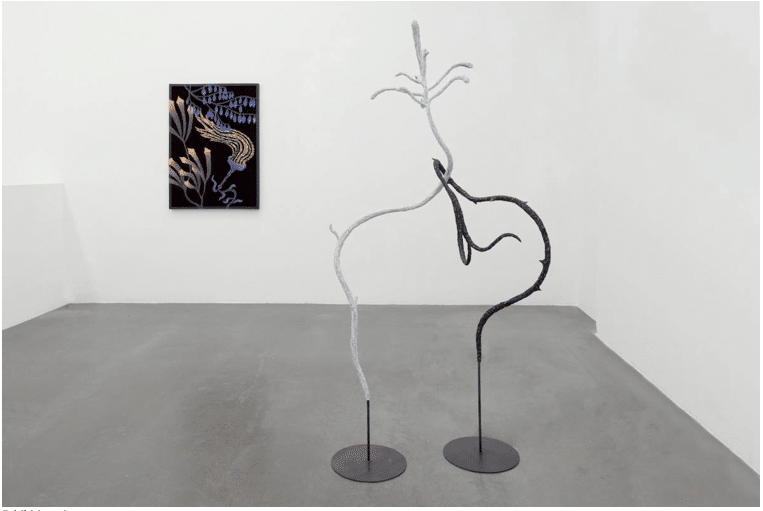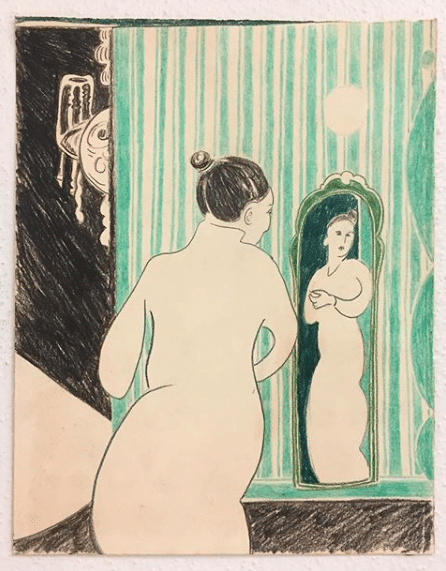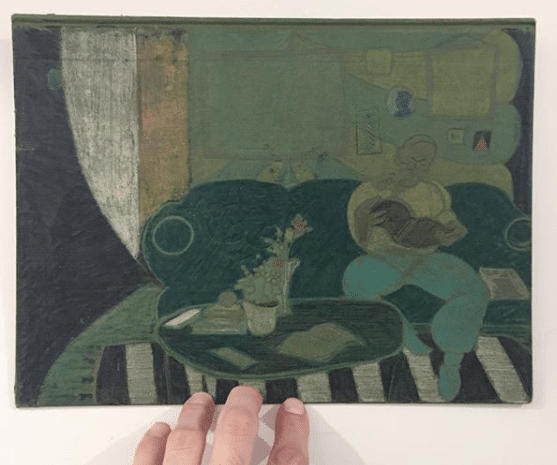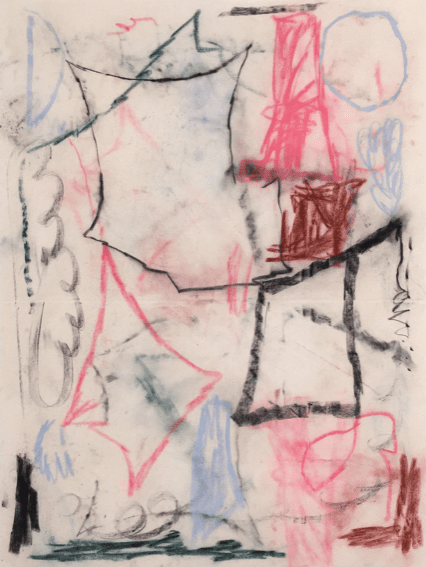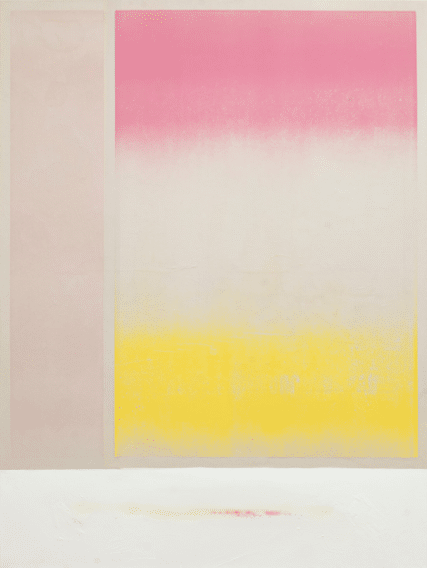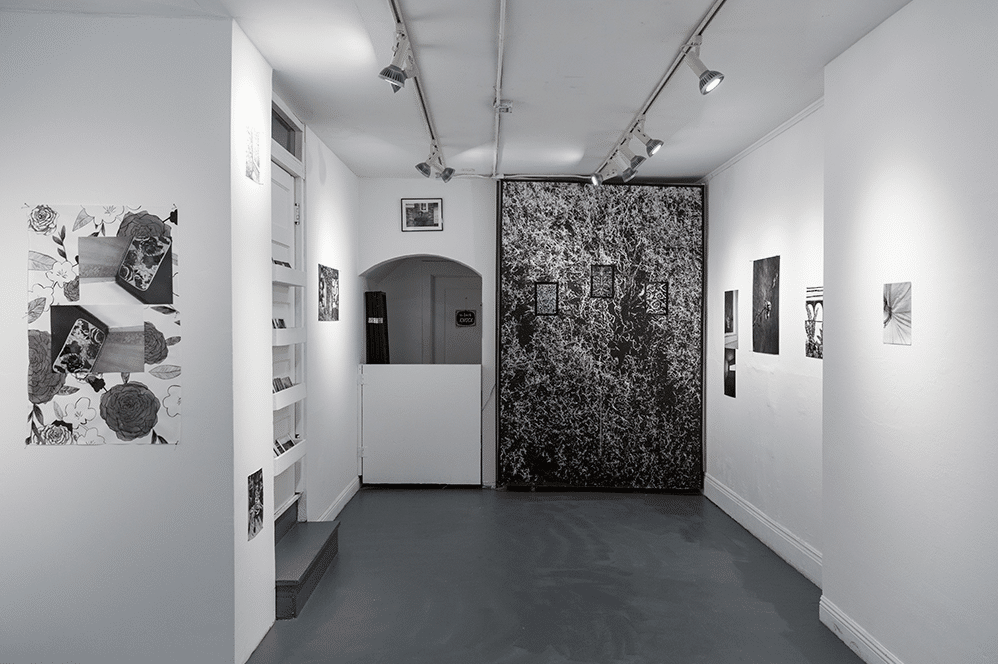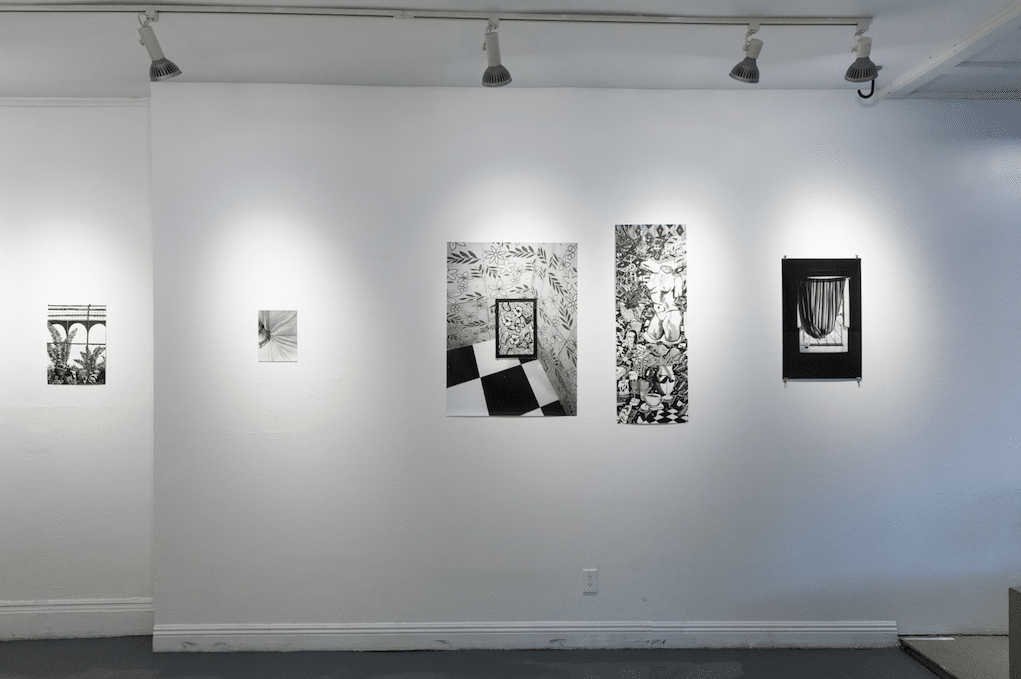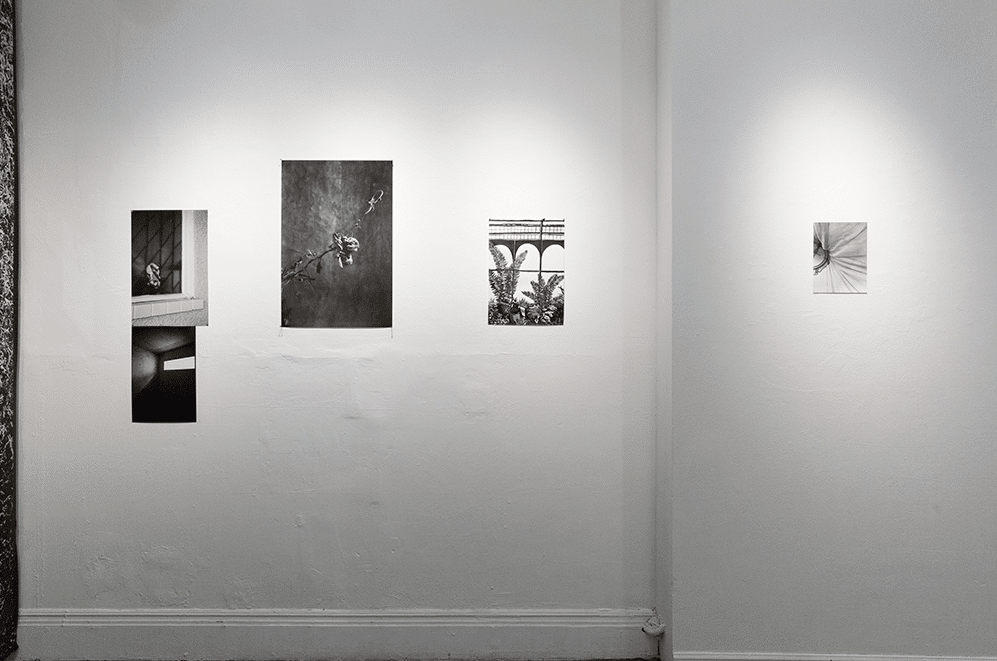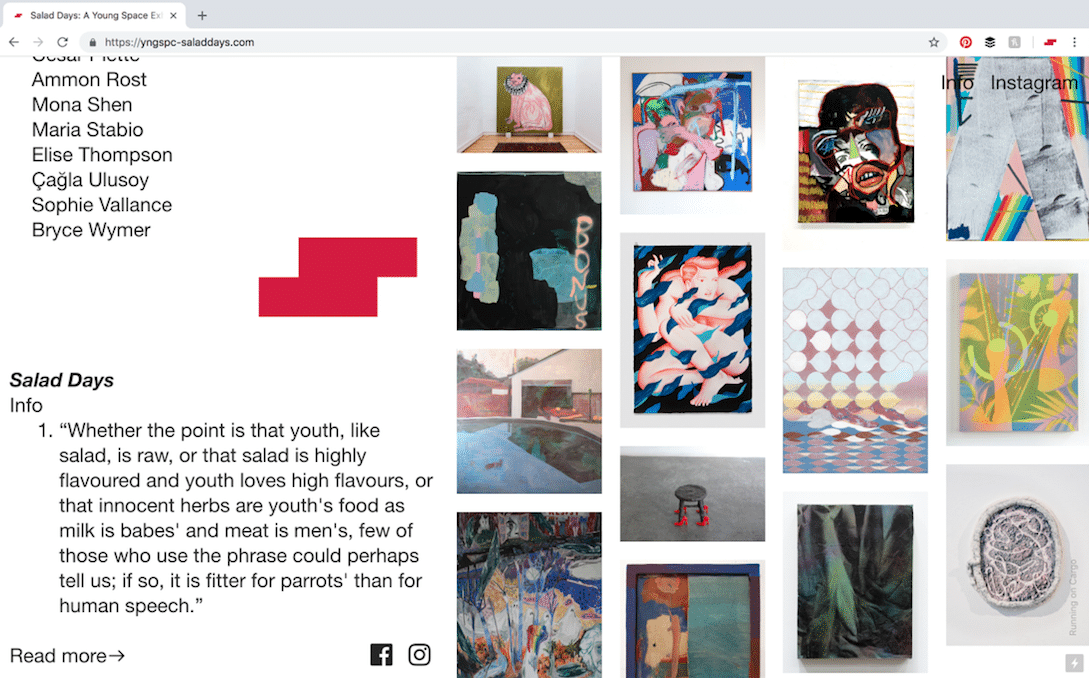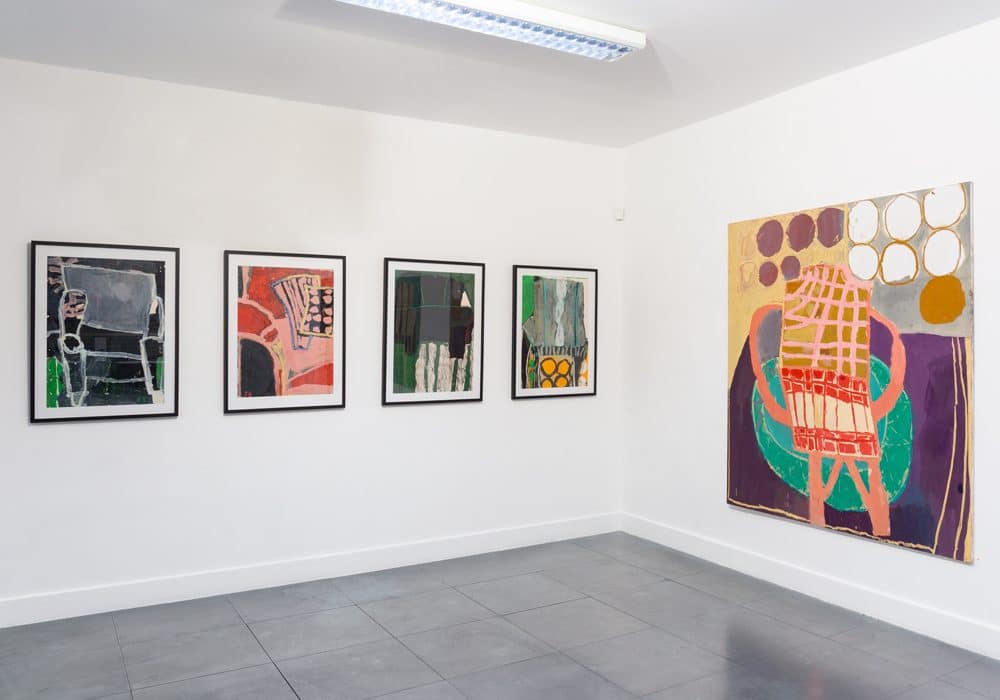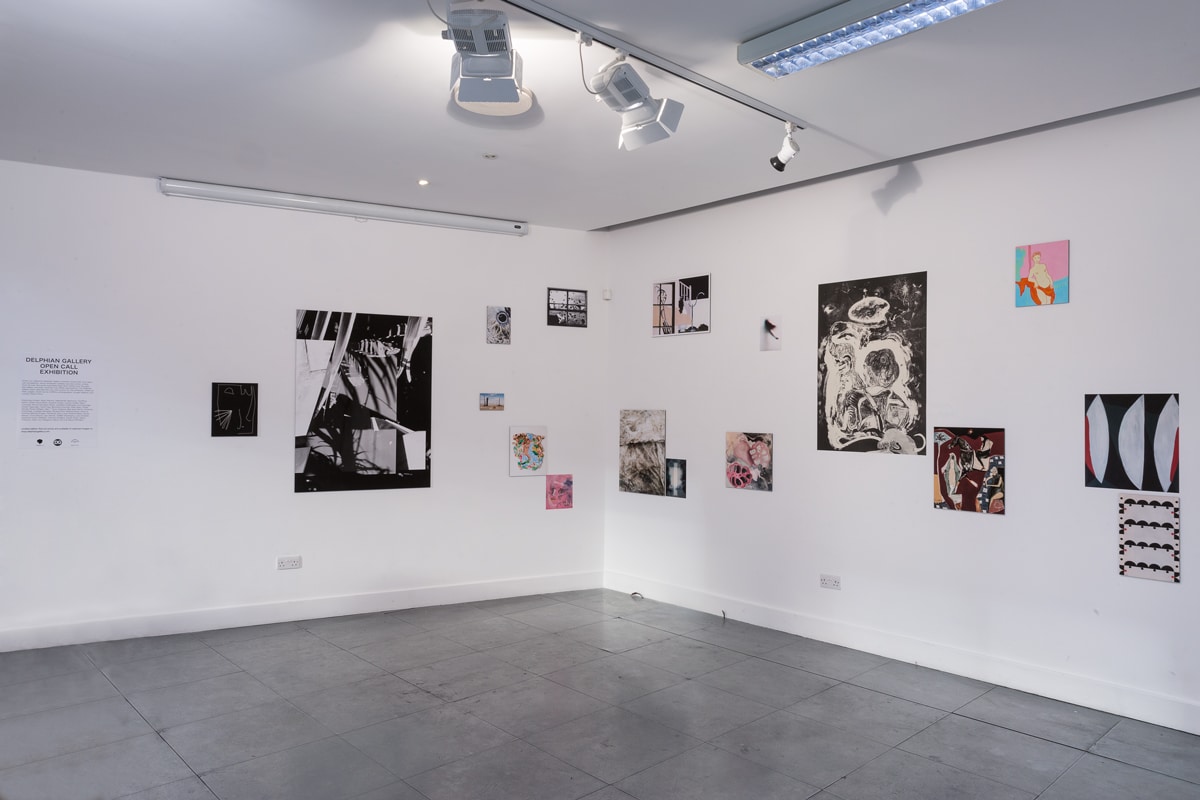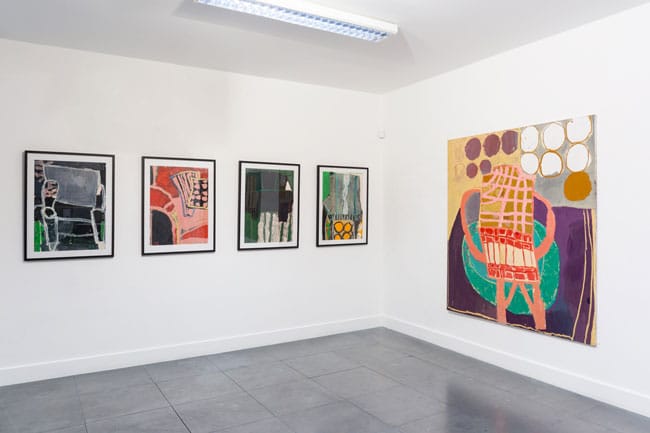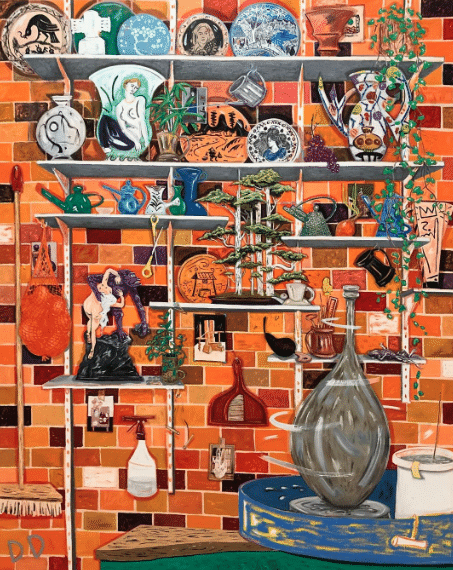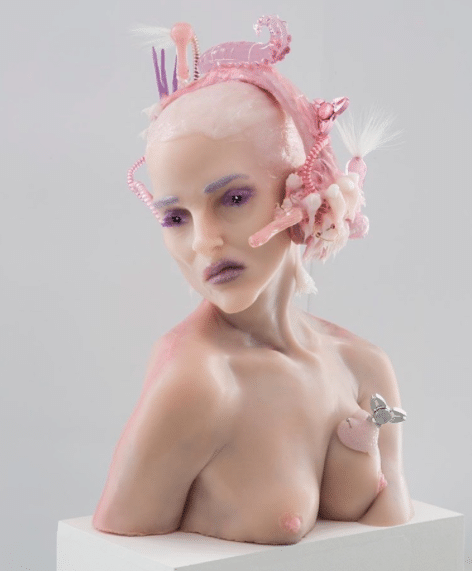Brett Flanigan – Zero Player Game – Pt. 2 Gallery
1523 b Webster St. Oakland, CA 94612
info@part2gallery.comDelphian favourite Pt. 2 Gallery is pleased to present Zero Player Game, a solo exhibition of paintings by Oakland-based artist Brett Flanigan. The exhibition title is a reference to the mathematician John Horton Conway’s Game of Life, a 1970 mathematical simulation where, given an initial state and a set of simple rules, a black and white grid evolves endlessly in ways that are seemingly organic and operate on similar principles as life itself.
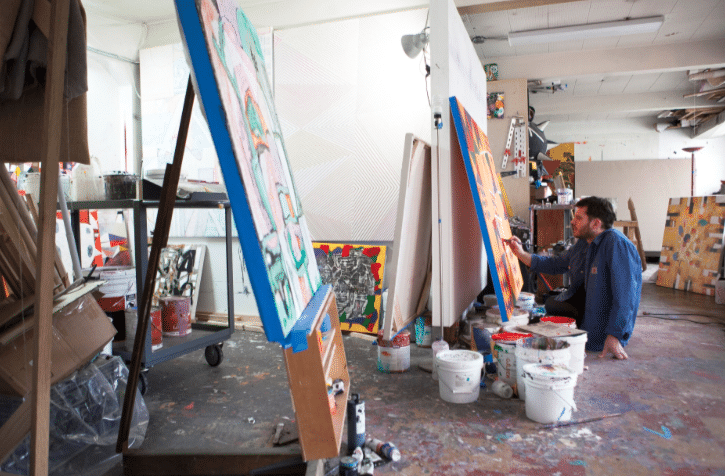
In this body of work, each painting begins with an initial state in which Flanigan builds energy, usually involving repetitive patterns and intuitive mark making. This initial state then undergoes a series of reducing and rebuilding moves based on self-imposed rules or logic. The works are simultaneously formulaic and improvisational. Whenever possible, Flanigan makes aesthetic decisions using games of change such as dice rolls, coin flips, or random number generators, leaving the artist’s pre-conceived or socialized views of aesthetic behind, paving the way for unusual compositions and color combinations.
This philosophy allows Flanigan to explore many painting styles, without attempting to hone in on a signature look. While at first glance the paintings may feel disparate, upon further inspection, the viewer may see how Flanigan borrows ideas from his earlier paintings. In this way, he allows them to interact in a way that is comparable to the organs in a body, each performing its own function while working together with the others and allowing the work to live.




